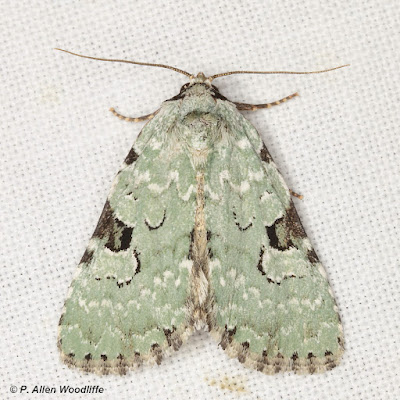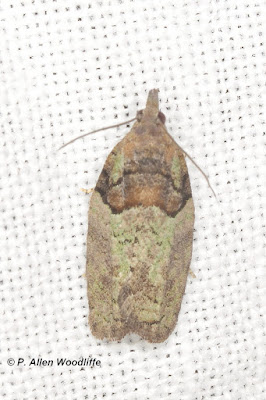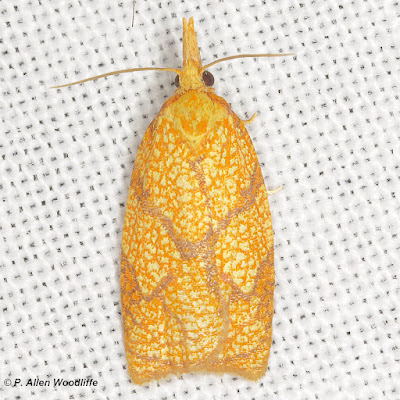Water birds continue to be part of the avian show. A good number of shorebirds have been at the sewage lagoons, including Wilson's Phalarope, which seems to be fairly sporadic and elusive for many birders, but this Red-necked Phalarope was nicely cooperative for the few days it was present.
At times it would fly off a bit to join other shorebirds, but then return in close proximity. My presence did not seem to deter it at all, as long as I was just standing quietly and waiting for it to return. There is often up to 10 or more species of shorebirds to gaze at on any given day right now. Lesser Yellowlegs, shown next, seem to be plentiful with sometimes as many as 20 individuals scattered around.
On occasion I have been to St. Clair NWA, especially in the evening on a quiet weather day. Clearly that would not have been last Thursday, when a severe storm was approaching. The weather radar looked ominous, and shortly after sunset, it arrived with a fury. High winds, with rumours even of a possible tornado just to the north of Chatham, and heavy rain came down. We estimated that we got at least 4" (10 c.m.) in a couple of hours, and the high winds knocked many various sized limbs down. In many places, there were entire trees that came down, sometimes onto vehicles and taking down power lines. We were without hydro for almost 8 hours. Certainly not a fun time, and a relatively sleepless night, wondering how long it would last, and would the sump pump keep going? Fortunately we had a small power pack which did keep ours going as long as it needed to.
But back to the most recent SCNWA visit. There were not a lot of birds to photograph, but a couple of the usual ones cooperated. A couple of Great Egrets flew by....
It is always a highlight to see Swamp Rose Mallow in its peak condition at this time of year. But at SCNWA, it is one of the few places where the white version of it can be found scattered about and partially hidden amongst the other vegetation.
A trip to Clear Creek Forest Prov Park included a brief stop at the Ridgetown Sewage Lagoons along the way. There weren't a lot of things to photograph during my short time there, but this Eastern Kingbird cooperated for a few minutes.I was looking specifically for fungi to photograph, which I often do in various woodland places after such a wet rainy period of these last few weeks. More on that in a future post. But while there, I saw several of these Citronella Horse Balm still in quite good condition.
There also were a few of the Blue-stemmed Goldenrod coming into flower.
I checked the old gravel pits for odes, but even though it was sunny and not all that cool, there were hardly any to be seen, let alone photographed. I did manage to get this photo of a Yellow-billed Cuckoo sitting out in quite an open spot, a bit unusual for this species.
I have also been to Rondeau on a few occasions, searching for fungi and other things. In some of the open spots there are things like Spicebush Swallowtail....
I wander into the forest, wearing boots to ward off ticks, chiggers and poison ivy. I came across this seedling Shagbark Hickory....
...and unfortunately, an ongoing display of the dreaded Beech Leaf Disease, which continues to run rampant in the Beech/Maple forest.
Along one particular part of the trail, I came across a new location for a rare orchid. It is Autumn Coralroot, an endangered species in Canada, which I don't usually expect to see until late in the first week of September. This was seen almost a full two weeks earlier.
It isn't very showy, but interesting when you get a closer look. This is the species at its showiest.
I often carry a stick with me when wandering through the forest. Not to tackle ticks or anything, but I wave it in front of me to prevent walking face first into a spider web, which can be numerous. This first one is a Spined Micrantha...
...while this next one I have not yet identified to the species level, but is a member of the quite abundant, and often colourful, orbweaver group.
Until next time.....
If you would like to subscribe, or unsubscribe, to Nature Nuggets, send an email to: prairietramper@gmail.com
























































